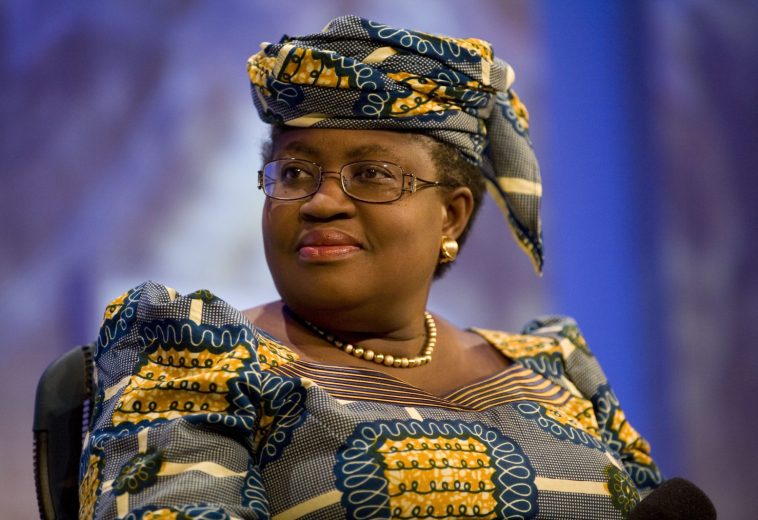The headlines paint a grim picture: a pupil fatally stabbed after enduring persistent bullying, another taking their own life due to bullying. These instances shed light on the pervasive issue of violent bullying in schools, a problem deeply ingrained in the educational system.
Bullying, unfortunately, occurs in schools across the world, including in Africa. While it’s challenging to provide precise statistics on the prevalence of bullying in African schools due to variations in reporting and research methodologies, there have been studies and reports indicating that bullying does occur in African educational settings.
Statistics reveal a troubling pattern. According to a report from the National Library of Medicine, the average prevalence of bullying in Sub-Saharan African region countries was 38.8%. This includes social, verbal, physical, and cyberbullying. Trends in International Mathematics and Science Study conducted in 2015 and reiterated in 2019 reported 64% and 65% of grade 9 learners experiencing various forms of bullying every month in South Africa.
Bullying in African schools can stem from various socio-cultural factors. Firstly, hierarchical structures prevalent in many African societies may normalize power imbalances, making bullying behavior more acceptable. Moreover, economic disparities can exacerbate bullying, as those with wealth or perceived social status may use it to exert control over others. Also, limited resources in many schools contribute to overcrowding and inadequate supervision, creating environments where bullying can thrive unchecked.
Some countries have higher reported cases of bullying than others. Data from the Global School-based Student Health Survey was used to gauge the extent of bullying experienced by young people in Kenya, Namibia, Morocco, Swaziland, Tanzania, Uganda, Zambia, and Zimbabwe. In Nigeria, a study was carried out on bullying among junior secondary school students which revealed a 78% prevalence rate of bullying.
One of the fresh cases of bullying in Nigeria was the Lead British International School which came under scrutiny for bullying incidents captured in viral videos. The shutdown of the school came after public outrage over the videos, one showing a female student being slapped repeatedly and another depicting a male student being bullied. The school initiated an inquiry, promising disciplinary measures and counseling for both victims and perpetrators.
Cultural norms around masculinity may also perpetuate aggressive behavior as a way to assert dominance. Most educators and administrators do not practice fairness and inclusivity within the school community. Insufficient awareness and resources for mental health support mean that both bullies and victims often lack the necessary intervention and coping mechanisms. The stigma surrounding reporting bullying can silence victims, perpetuating the cycle of abuse.
Dowen College in Lagos also faced accusations of sheltering teenage bullies and failing to address complaints effectively. Sylvester Oromoni’s tragic death raised concerns about bullying, but investigations revealed conflicting accounts. Despite Dowen College’s anti-bullying policy, reports suggest incidents were overlooked or downplayed.
Former staff and parents highlighted lax supervision and inadequate responses. While the school claims disciplinary actions were taken, specific details are elusive. Dowen College refutes allegations of Sylvester’s bullying, citing a lack of evidence and logistical challenges. Sylvester’s parents dispute the school’s narrative, asserting their son’s safety was compromised. The school maintains it followed protocol by seeking parental consent before medical intervention, implying Sylvester’s case wasn’t deemed urgent.
According to a UNESCO report from 2019, nearly half, or 48%, of learners in the Eastern and Southern Africa region reported experiencing bullying within the last month. Additionally, data from various sources indicate elevated levels of sexual abuse and sexual harassment in the same region.
Insights gleaned from studies highlight the interconnectedness of bullying behaviors. Perpetrators often have experiences as victims themselves, indicating the need to recognize bully victims as a distinct group requiring serious interventions.
Crucially, these studies identify the school environment as a key determinant of bullying behavior. Students who feel secure and included are less likely to engage in bullying. This indicates a positive and supportive school culture.
Several organizations and initiatives in Africa are working to combat bullying and promote safer school environments. These efforts often focus on creating positive school climates, fostering empathy and respect among students, and providing support systems for both victims and perpetrators of bullying.
How can Bullying be Curtailed in African Schools?
Foster a school environment that promotes empathy, respect, and inclusivity. Encourage students to embrace diversity and celebrate differences.
Provide students with the tools and resources to speak up against bullying. Establish anonymous reporting systems and ensure that students feel safe and supported when reporting incidents. Encourage bystander intervention and teach students how to effectively support their peers who are being bullied.
Develop comprehensive anti-bullying policies that clearly define what constitutes bullying behavior and outline the consequences for such actions. Ensure that these policies are effectively communicated to students, teachers, and parents, and consistently enforced.
Provide teachers and school staff with training on how to recognize, prevent, and respond to bullying. Involve parents and guardians in efforts to address bullying by providing them with information and resources on how to support their children. Encourage open communication between parents, teachers, and school administrators to address any concerns or incidents of bullying.


